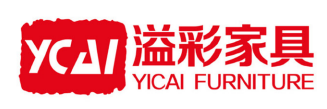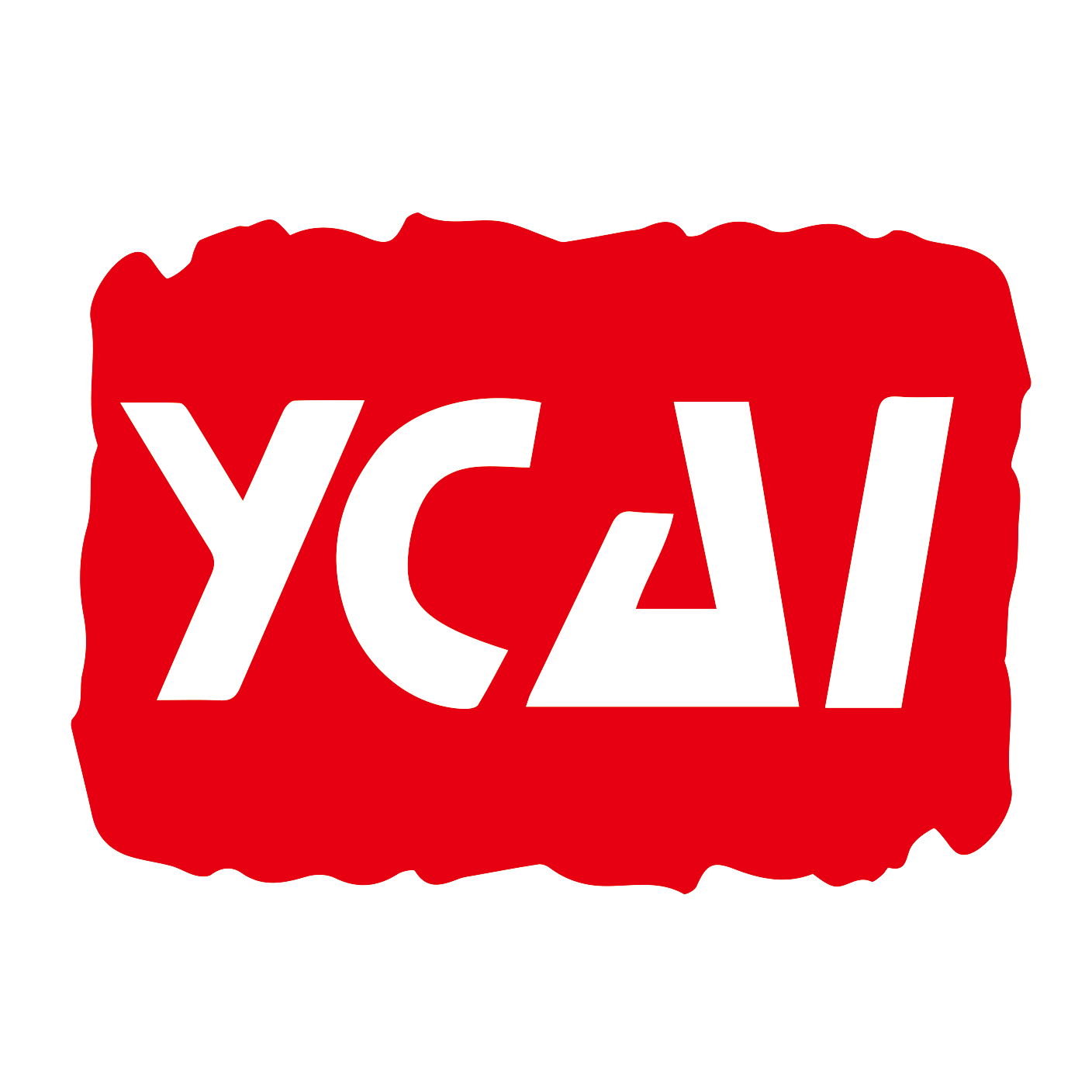Assessing Your Restaurant's Layout and Space Requirements
Measuring Dimensions and Traffic Flow
Accurate measurement of your restaurant space is crucial for effective layout optimization. Utilizing professional tools or software ensures precision in this task. Understanding the traffic flow is equally important; it involves analyzing how customers navigate through your establishment, including entry and exit points, waiting areas, and pathways to restrooms. To visualize and improve traffic flow, tools like detailed floor plans with marked pathways and crowd movement simulations can be highly beneficial. These create a more efficient and pleasant experience for both staff and patrons by streamlining operations and reducing bottlenecks.
Determining Seating Capacity Based on Customer Demographics
Seating arrangements should be tailored to customer demographics and preferences, recognizing varied needs such as accommodating families, couples, and larger groups. Research into local population trends can help forecast busy periods—anticipating times when you may seat a significant number of patrons per hour, especially during peak dining times such as weekends. By analyzing historical customer visit data, you can optimize your seating capacity, ensuring comfort without compromising the dining experience.
Zoning for Different Group Sizes and Functions
A well-designed restaurant space accommodates various group sizes and functions, ensuring there are distinct sections for intimate dinners, large parties, and casual dining. Implementing physical barriers or defining zones not only contributes to different dining experiences—such as casual versus fine dining—but also aids in managing different customer expectations and experiences. Incorporating visual merchandising and spatial design helps in crafting distinct areas tailored to the specific functions of each zone, enhancing both the customer experience and operational efficiency.
Selecting the Ideal Table Styles for Your Dining Area
Round vs. Rectangular: Which Table Shape Fits Your Space?
Choosing the right table shape for your restaurant is crucial to balancing space efficiency and customer comfort. Round tables promote interaction and are ideal for smaller spaces as they trim corners that can disrupt movement. They create an intimate dining environment, perfect for enhancing group conversations. On the other hand, rectangular tables are better suited for larger parties, providing more seating capacity. It's essential to consider the exact dimensions of your dining area before deciding. Moreover, hybrid styles that combine features of both shapes can maximize space efficiency in versatile and dynamic settings, ensuring both intimacy and capacity.
Bar Tables vs. Standard Dining Tables: Pros and Cons
When deciding between bar tables and standard dining tables for your restaurant, it's important to weigh the benefits of each style against your business goals. Bar tables are excellent for fostering a casual dining atmosphere and encourage leisurely socializing. This setup is perfect if your focus is on creating a relaxed vibe with increased customer interaction. In contrast, standard dining tables offer a traditional dining experience, lending themselves to more comprehensive menus and extended service times. To make the best selection, evaluate your target market's preferences and dining habits to align your choice with their expectations and needs.
Customizable Options for Unique Layouts
Embracing customizable furniture options offers significant flexibility in adapting to your restaurant’s unique layout and aesthetic. Such adaptability is invaluable during seasonal changes or themed events, allowing you to refresh your space’s ambiance easily. Partnering with a supplier that provides modular furniture options can streamline rearrangements based on business cycles or special events. Moreover, exploring unique materials and creative designs will not only make your restaurant's layout stand out but also draw in more customers. By doing so, you cultivate a memorable dining atmosphere that can evolve with your restaurant’s themes and customer expectations.
Choosing Chairs That Combine Comfort and Durability
Ergonomic Design for Extended Seating Comfort
Ergonomic chairs play a pivotal role in enhancing seating comfort, particularly in restaurant settings where longer dining experiences are commonplace. These chairs are designed to promote better posture, catering to restaurants that encourage guests to linger and enjoy their meals. Key features of ergonomic chairs include effective back support, armrests, and padded seat cushions. These elements are essential to accommodate diverse customer needs, ensuring every patron can enjoy a comfortable dining experience. Research has consistently shown that providing comfortable seating options increases customer satisfaction, often leading to extended table occupancy and enhanced overall dining experiences.
Material Choices: Wood, Metal, and Hybrid Styles
Selecting the right material for restaurant chairs involves a balance between durability and aesthetic appeal. Wood is renowned for its warmth and traditional charm, making it a popular choice in many restaurant settings. On the other hand, metal chairs can introduce a modern, industrial vibe that aligns with contemporary decor themes. Hybrid chairs, combining wood and metal elements, offer the best of both worlds, ensuring comfort and robust style while maintaining durability. It is crucial to assess the maintenance requirements for each material type, as these considerations impact the long-term operational costs of the restaurant significantly.
Matching Chair Aesthetics to Your Restaurant’s Theme
The aesthetics of chairs should harmonize with your restaurant's overall theme and branding, reinforcing your venue's identity. Consider how the design and color of the chairs resonate with the restaurant's brand, as consistent themes strengthen branding and customer recognition. Engaging design experts or utilizing mood boards can provide valuable insights, helping align chair aesthetics seamlessly with your decor scheme. Studies assert that cohesive branding through decor positively influences customer perceptions and loyalty, making it an integral aspect of restaurant design strategy. By selecting chairs that complement your restaurant's theme, you can create a visually appealing and memorable environment that encourages guests to return.
Material Considerations for Long-Lasting Restaurant Furniture
Wooden Tables: Warmth vs. Maintenance Needs
Wooden tables are a popular choice for restaurant furniture due to their ability to create a warm and inviting atmosphere. They attract customers by providing a cozy dining environment. However, maintaining their appearance requires regular care and attention. Different wood types, like oak and pine, vary in their levels of durability and maintenance requirements. For instance, oak is renowned for its sturdiness but may require occasional polishing to maintain its shine. On the other hand, pine, while lighter and easier to maneuver, might not withstand heavy usage without more frequent maintenance. Real customer testimonials can be invaluable for selecting the right kind of wooden furniture, offering insights into how these materials perform in bustling restaurant settings.
Metal Chairs: Balancing Industrial Appeal and Practicality
Metal chairs are favored for their sleek, modern look, adding an industrial charm to a dining space. However, their comfort level often needs to be assessed to ensure they enhance the dining experience. Suppliers' research reveals that metal chairs are highly practical for high-traffic environments due to their robustness and ease of cleaning. This makes them particularly suitable for busy restaurants. For venues with outdoor seating, considering weatherproof treatments is crucial to prevent rust and prolong their use, minimizing maintenance efforts while preserving their visual appeal.
Weather-Resistant Options for Outdoor Dining Spaces
When selecting furniture for outdoor dining spaces, opting for weather-resistant materials is paramount to withstand the elements and extend the furniture's lifespan. Choose materials designed to resist fading, rusting, and corrosion, ensuring durability even under harsh weather conditions. Resin and treated wood are excellent options, offering both resilience and style while requiring minimal upkeep. By consulting guidelines and best practices from the hospitality industry, restaurateurs can create inviting and comfortable outdoor seating arrangements that enhance guest experiences. These selections ensure patrons can enjoy their meals outside without compromising on comfort or durability.
Designing an Efficient and Inviting Seating Layout
Maximizing Space with Modular and Stackable Furniture
To optimize space in bustling restaurants, modular furniture is a strategic choice. It offers the flexibility to reconfigure settings easily for various occasions, providing versatility in layout management. Stackable seating adds another layer of adaptability, as highlighted in a range of efficient seating plans. These options are ideal for freeing up space during peak hours or special events. Moreover, employing modular designs has been statistically shown to increase customer turnover rates and enrich dining experiences, as restaurants can swiftly adjust seating arrangements according to demand.
Creating Intimate Corners vs. Open Social Areas
A balanced seating layout is key to accommodating diverse customer groups. Intimate corners cater to individuals or small parties seeking a secluded dining experience, promoting prolonged stays during low-traffic periods. Conversely, open social areas foster a vibrant atmosphere suitable for larger groups but require careful planning to prevent overcrowding while maintaining decorum. Research into restaurant layouts reveals that blending these environments can enhance table turnover rates and delight customers with varied dining experiences that cater to both socializing and privacy.
Avoiding Overcrowding: Optimal Spacing Between Tables
To ensure a pleasant dining experience, it is crucial to avoid overcrowding by maintaining optimal spacing between tables. Proper spacing not only promotes comfort but also enhances privacy, crucial aspects for customer satisfaction and loyalty. Industry standards recommend a minimum of 24 inches between tables to foster comfort and accessibility. Continuously gathering guest feedback on spacing can provide actionable insights to improve seating arrangements, ensuring that the environment remains welcoming and efficient.
Ensuring Accessibility and Compliance in Your Furniture Choices
ADA Standards for Table Heights and Clearances
Understanding and adhering to ADA regulations is crucial for ensuring that your restaurant is accessible to guests of all abilities. These guidelines suggest that tables should be at least 27 inches in height to facilitate wheelchair access. Such compliance not only enhances inclusivity but also leads to improved customer satisfaction and a wider service appeal. Research has consistently shown that restaurants that adopt ADA guidelines experience a significant increase in patronage due to their accessible design.
Inclusive Seating Options for Diverse Needs
Offering diverse seating options is essential for enhancing the dining experience and accommodating families, individuals, or people with disabilities. Many establishments successfully use benches or booths to provide inclusive seating that caters to varying needs. Surveys indicate that these inclusive designs foster a positive reputation and help broaden the customer base for restaurants. By reviewing approaches from other successful establishments, your restaurant can implement seating alternatives that enhance accessibility and customer comfort.
Durability and Safety in High-Traffic Environments
Selecting materials and designs that can withstand frequent use is vital for the longevity of the furniture in high-traffic environments. Reinforced chairs and tables resistant to scratches and impacts are excellent choices. Safety features, such as rounded edges and non-slip surfaces, are also crucial in preventing accidents and enhancing customer safety. Professional insights emphasize the importance of durability in outfitting high-traffic areas, ensuring long-term investment returns and positioning your establishment as a reliable choice for patrons seeking a safe dining experience.
Table of Contents
- Assessing Your Restaurant's Layout and Space Requirements
- Selecting the Ideal Table Styles for Your Dining Area
- Choosing Chairs That Combine Comfort and Durability
- Material Considerations for Long-Lasting Restaurant Furniture
- Designing an Efficient and Inviting Seating Layout
- Ensuring Accessibility and Compliance in Your Furniture Choices


